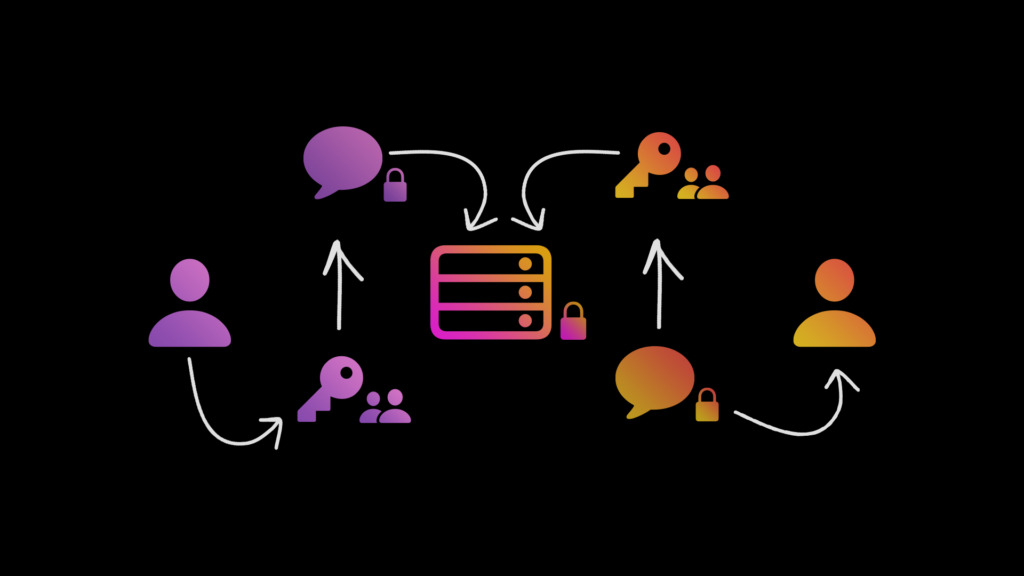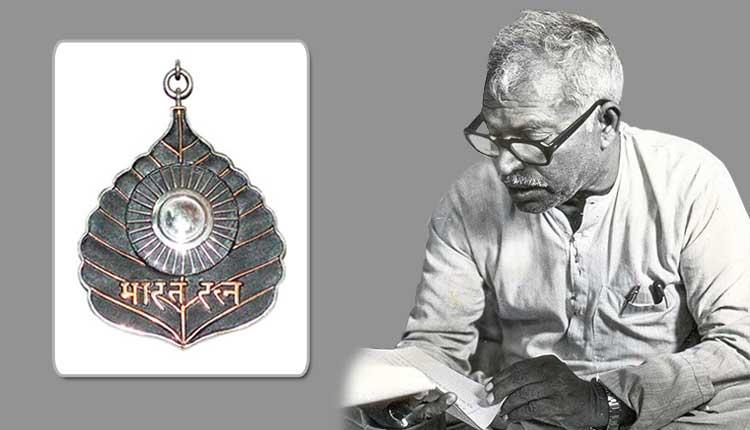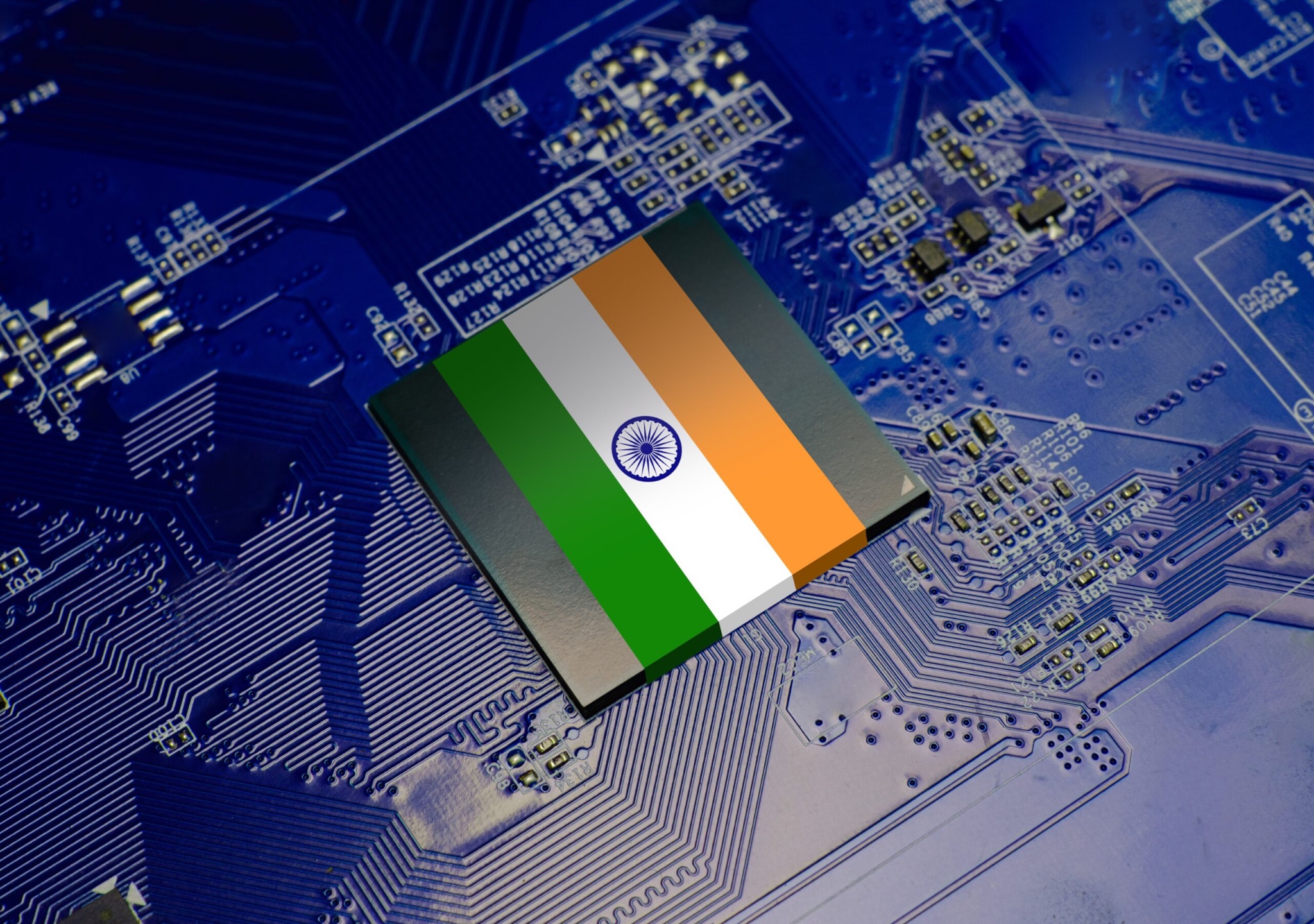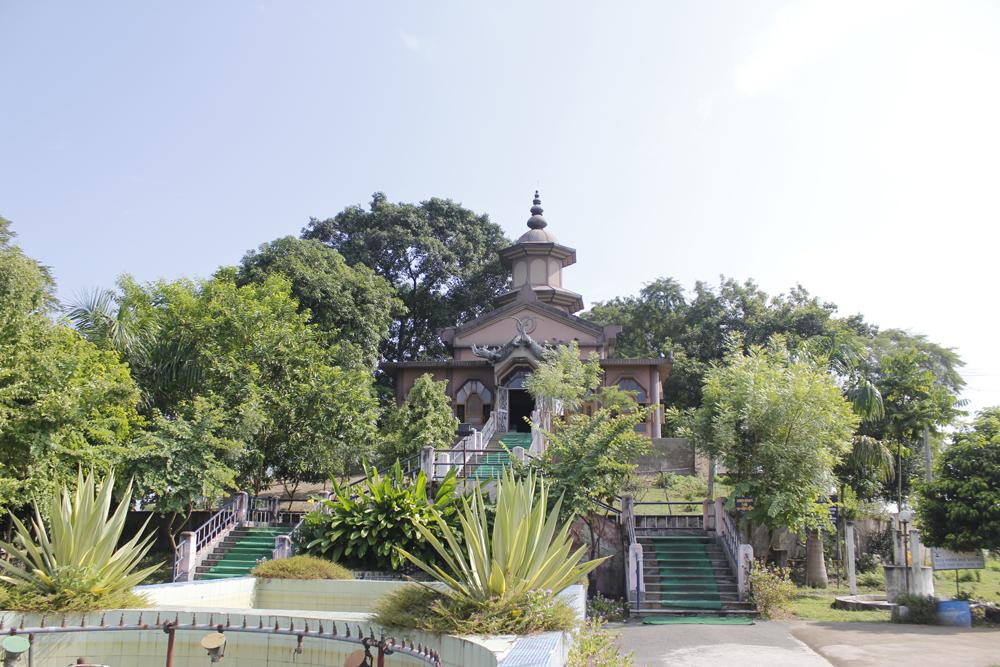India overtakes Hong Kong as the world’s fourth-largest stock market by market capitalisation (Live Mint)

- 24 Jan 2024
Why is it in the News?
Recently, India’s stock market has overtaken Hong Kong’s to rank as the fourth-biggest equity market globally for the first time.
News Summary:
- As of January 22, 2024, data compiled by Bloomberg indicates that the combined value of shares listed on Indian exchanges has reached USD 4.33 trillion, surpassing Hong Kong's USD 4.29 trillion.
- The top three global stock markets are currently the United States, China, and Japan.
What is Stock Market?
- A stock market is a platform where individual and institutional investors trade various securities, including stocks, bonds, Exchange Traded Funds (ETFs), and derivatives.
- Stock markets are categorized into two types:
- Primary Market: Involves the initial offering of new shares, bonds, etc.
- Secondary Market: Encompasses the trading of existing securities like equities and bonds.
- Examples include stock exchanges such as the Bombay Stock Exchange.
Importance of Stock Market:
- For Businesses: Facilitates access to capital, risk diversification, and supports business expansion.
- For Investors: Offers better returns compared to traditional savings instruments, provides tax benefits, and contributes to capital growth.
- For Society: Drives social impact through instruments like Social Impact Bonds, encourages sustainable investment via Green bonds and promotes responsible financial practices.
- For Economy: Mobilizes idle savings, fosters entrepreneurship through venture capital funds, and plays a vital role in economic development.
Challenges in Indian Stock Markets:
- High Volatility: Market fluctuations can be significant, posing challenges for investors.
- Limited Issuer and Investor Base: Constraints on both issuers and investors can adversely impact liquidity.
- Sub-optimal Corporate Debt Market: Dominance of government bonds hampers the growth of the corporate debt market.
- Other Issues: Various factors, such as regulatory complexities and market inefficiencies, can affect the optimal functioning of Indian stock markets.
How is the Stock Market Regulated in India?
- The stock market in India is regulated by various bodies, with the primary regulatory authority being the Securities and Exchange Board of India (SEBI).
- SEBI is a statutory regulatory body established in 1992 to protect the interests of investors and promote the development of the securities market in India.
- It operates under the Securities and Exchange Board of India Act, 1992.
- Also, while SEBI is the primary regulatory authority for the Indian stock market, the Reserve Bank of India (RBI) supports its efforts by ensuring overall financial stability, implementing monetary policies, and regulating aspects related to banking and foreign investments.
- Additionally, these bodies contribute to the nation's economic progress by facilitating capital formation.
What is end-to-end encryption? How does it secure information? (The Hindu)

- 24 Jan 2024
Why is it in the News?
There are several ways to encrypt information depending on the level of secrecy and protection required.
What is End-to-end Encryption (E2EE)?
- End-to-end encryption (E2EE) is a type of messaging that keeps messages private from everyone, including the messaging service.
- When E2EE is used, a message only appears in decrypted form for the person sending the message and the person receiving the message.
- The sender is one "end" of the conversation and the recipient is the other "end"; hence the name "end-to-end."
How Does Encryption Work?
- Encryption works by altering data so that only someone who possesses a specific piece of knowledge — known as the key — can interpret the data.
- Keys can take different forms in different contexts.
- With communications over the Internet, a key is a string of bits that plays a role in the complex mathematical equations used to scramble and unscramble data.
- With E2EE, the key that can encrypt and decrypt messages remains saved on a user's device.
What Kind of Encryption Does E2EE Use?
- End-to-end encryption uses a specialized form of encryption called public key encryption (also sometimes called asymmetric encryption).
- Public key encryption enables two parties to communicate without having to send the secret key over an insecure channel.
- Public key encryption relies on using two keys instead of one: a public key and a private key.
- While anyone, including the messaging service, can view the public key, only one person knows the private key.
- Data encrypted with the public key can only be decrypted with the private key (not the public key).
- This contrasts with symmetric encryption, where only one key is used to both encrypt and decrypt.
How Does End-to-end Encryption Support Privacy?
- E2EE ensures that no one can see messages except for the two people who are communicating with each other.
- When implemented properly, it does not require users to trust that a service will handle their data properly.
- Thus, E2EE gives people total control over who can read their messages, enabling them to keep their messages private.
What are the Limitations of End-to-end Encryption?
- E2EE keeps messages secure in transit (as they pass from one person to another).
- But it does not protect messages once they reach their destination.
- E2EE is not guaranteed to be future-proof. When implemented correctly, modern encryption methods are strong enough to resist encryption-breaking efforts from even the most powerful computers in the world.
- But the more powerful in the future like Quantum computers, if developed, would be able to crack modern encryption algorithms.
- Using E2EE keeps messages secure in the present, but it may not keep them secure permanently.
Karpoori Thakur’s vision of social justice inspires our governance model: PM Modi (The Hindu)

- 24 Jan 2024
Why is it in the News?
Former Bihar CM Karpoori Thakur will be awarded India's highest civilian award, Bharat Ratna, posthumously.
About Jan Nayak Karpoori Thakur:
Pre-Independence Influence:
- Inspired by Mahatma Gandhi and Satyanarayan Sinha, Karpuri Thakur actively participated in the Quit India Movement in 1942 during his schooling days.
- Aligned with the All India Students Federation (AISF), he left his graduation studies to join the movement for India's independence.
Post-Independence Contributions:
- Commencing his career as a village teacher, Thakur re-entered politics, winning the Bihar Legislative Assembly election in 1952 from the Tajpur constituency.
- Notable for his representation of the Socialist Party, he gained legendary status for championing workers' rights and advocating for reservations for backward classes.
- He launched a fast-unto-death agitation in 1970 for labourers' rights at Telco, leading worker strikes and facing arrest.
Key Contributions:
- Social Justice: Thakur dedicated his political journey to addressing systemic inequalities, striving for fair resource distribution and equal opportunities for all.
- OBC Politics: Recognized as the pioneer of OBC politics in Bihar, he implemented quotas for backward classes, laying the foundation for Mandal Commission recommendations.
- Affirmative Action: Strengthened affirmative action for backward classes, ensuring representation and opportunities deserving of their status.
- Selflessness: As Chief Minister, he refrained from benefiting personally from a scheme meant for political leaders' colonies.
- Alcohol Ban: Implemented a comprehensive ban on alcohol in Bihar in 1970.
- Education: Instrumental in establishing schools and colleges, particularly in underdeveloped regions, to make education accessible to historically marginalized communities.
The need to overhaul a semiconductor scheme (The Hindu)

- 24 Jan 2024
Why is it in the News?
The semiconductor Design-Linked Incentive (DLI) scheme, set to undergo a mid-term appraisal, has so far approved only seven start-ups, falling significantly short of its intended goal of supporting 100 over a span of five years since its announcement.
About Design-Linked Incentive (DLI) Scheme:
- Under the DLI scheme, government will provide financial incentives and design infrastructure to domestic companies, start-ups and MSMEs focussed on semiconductor design.
- The DLI scheme has been announced by the Ministry of Electronics and Information Technology (MeitY) to offset the disabilities in the domestic industry involved in semiconductor design in order to not only move up in value-chain but also strengthen the semiconductor chip design ecosystem in the country.
- C-DAC (Centre for Development of Advanced Computing), a scientific society operating under MeitY, will serve as the nodal agency for implementation of the DLI scheme.
Objectives:
-
- Nurturing and facilitating the growth of the domestic companies, startups and MSMEs.
- Achieving significant indigenization in semiconductor content and IPs involved in the electronic products deployed in the country, thereby facilitating import substitution and value addition in the electronics sector.
- Strengthening and facilitating access to semiconductor design infrastructure for startups and MSMEs.
Duration: The scheme shall initially be for three (3) years from 01-01-2022.
- The scheme has three components – Chip Design infrastructure support, Product Design Linked Incentive and Deployment Linked Incentive.
- Under the Chip Design infrastructure support, C-DAC will set the India Chip Centre to host the state-of-the-art design infrastructure (viz. EDA Tools, IP Cores and support for MPW (Multi Project Wafer fabrication) & post-silicon validation) and facilitate its access to supported companies.
- Under the Product Design Linked Incentive component, reimbursement of up to 50% of the eligible expenditure subject to a ceiling of ?15 Crore per application will be provided as fiscal support to the approved applicants who are engaged in semiconductor design.
- Under the Deployment Linked Incentive component, an incentive of 6% to 4% of net sales turnover over 5 years subject to a ceiling of ?30 Crore per application will be provided to approved applicants whose semiconductor design for Integrated Circuits (ICs), Chipsets, System on Chips (SoCs), Systems & IP Cores and semiconductor linked design are deployed in electronic products.
- The DLI Scheme will also take a graded and pre-emptive approach to Identify the Products of national priorities and implement strategies for their complete or near complete indigenisation & deployment thereby taking steps towards the import substitution & value addition in strategic & societal sectors.
Rahul Gandhi prevented from visiting Batadrava Than Significance of this Assam shrine (Indian Express)

- 24 Jan 2024
Why is it in the News?
Congress leader Rahul Gandhi recently prevented from visiting Assam’s Batadrava Than, where he was going as part of his Bharat Jodo Nyay Yatra.
What is the Batadrava Than?
- The Batadrava Than, or Bordowa Than, is a temple complex at the birthplace of revered Vaishnavite reformer-saint Srimanta Sankardeva (1449-1568).
- Located in Nagaon district, the Batadrava Than, or Bordowa Than, is one of the most sacred sites for Assamese Vaishnavites.
- Sankardeva founded the first-ever Kirtan Ghar at Bordowa in 1494 AD to practise and preach the neo-Vaishnavite faith during the fifteenth century in Assam and propagated the Ek Saran Naam Dharma.
- Various structures within the campus include Natghar (drama hall), Alohighar (guest room), Sabhaghar (assembly hall), Rabhaghar (music room), Hatipukhuri, Aakashi Ganga, Doul mandir (festive temple), and more.
- There is also a mini-museum displaying historical articles and artefacts.
- Bordowa Than has a history of disputes over ownership, leading to its division into two satras: Narowa and Salaguri. In 1958, it was reunified under the banner of 'Bordowa Than,' with both former Satras combined, and a single Namghar was established.
What was Srimanta Sankardeva’s Philosophy?
- He propagated the Ek Saran Naam Dharma.
- The Ek Saran Naam Dharma focussed on worship in the form of bhakti (devotion) to Lord Krishna, through singing and congregational listening of His name and deeds.
- Sankardeva espoused a society based on equality and fraternity, free from caste differences, orthodox Brahmanical rituals and sacrifices.
- His teaching focused on prayer and chanting (naam) instead of idol worship. His dharma was based on the four components of deva (god), naam (prayers), bhakats (devotees), and guru (teacher).
- The Neo-Vaishnavite reformist movement that Sankardeva started is behind the monastic institutions called Thans/Sattras that dot Assam.
- As the saint travelled across Assam, spreading his teachings, these Sattras/Thans were established as centres of religious, social and cultural reforms in the 16th century.
- Today, the Sattras promulgate Sankardeva’s unique “worship through art” approach with music (borgeet), dance (xattriya) and theatre (bhauna).
- Each Sattra has a naamghar (worship hall) as its nucleus and is headed by an influential “Sattradhikar”.
Literary Contributions:
- Srimanta Sankardev's significant literary works include 'Kirtan Ghosa' and 'Gunamala.'
- He is credited with composing sacred songs known as 'Borgeet.'
- His penned dramas, recognized as 'Ankia Naat,' featured Sattriya Dance as an integral component during that era.
- In these 'Ankia Naats,' Srimanta Sankardev employed a narrative style through drama, often portraying the lives of Lord Krishna and Lord Rama.
- His inaugural dramatic piece was 'Chihnajatra,' followed by others like 'Kaliya Daman' and 'Patni Prasad.'
- Remarkably, at the age of twelve, when he commenced formal education, he crafted a poem extolling Lord Vishnu titled 'Karatala Kamala Kamala Dala Nayana.'
- Notably, during this early phase, he composed the poem using only consonants, having not yet learned about vowels.
